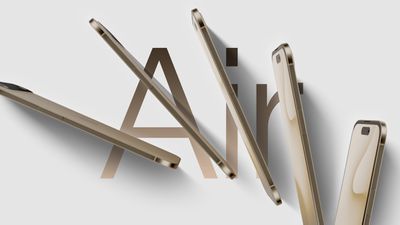Samsung has kept all the features of Samsung Health completely free till now. However, the South Korean firm is exploring the idea of bringing premium subscription plans to its health platform to offer more insights into people’s health and performance.
Samsung confirms its is exploring paid subscription plans for Samsung Health
The One UI 8 Watch update, which was recently announced, brings four new health features: Antioxidant Index, Bedtime Guidance, Running Coach, and Vascular Load. While it will be released to models as old as the Galaxy Watch 5, only the Galaxy Watch Ultra will get Antioxidant Index Vascular Load features, while Running Coach requires you to have the Galaxy Watch 7 (or newer).

This makes it clear that some of the advanced health features will be limited to newer models. In an interview with CNET, Dr. Hon Pak, senior vice president and head of Digital Health team at Samsung, revealed that the company is exploring premium subscription models for Samsung Health.
Similar to Fitbit Premium and Garmin Connect Plus plans, Samsung’s premium plans will likely require a monthly subscription fee. All the basic health and fitness tracking features will mostly be available for all Samsung Health users.

It is likely that advanced health insights and coaching features will come free with newer or more premium Galaxy Watches and Rings. And those features might be released to older devices under a paid subscription plan. However, the company still hasn’t decided how costly those plans would be and when they will be launched.
Advanced features like Antioxidant Index and Vascular Load are currently being introduced as ‘Labs’ features. They will be available as an early preview before the stable release. These features also require newer-generation BioActive Sensors that have a specific arrangement of LEDs to measure things like four different wavelengths to detect beta-carotene or to detect overall cardiovascular strain.






